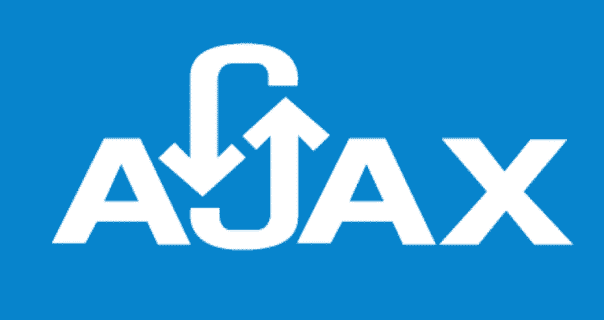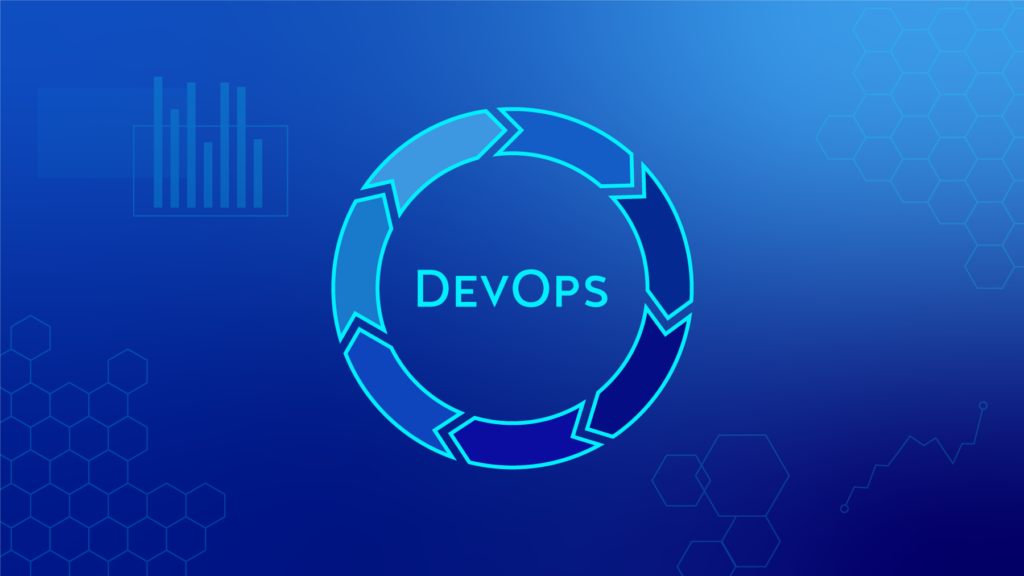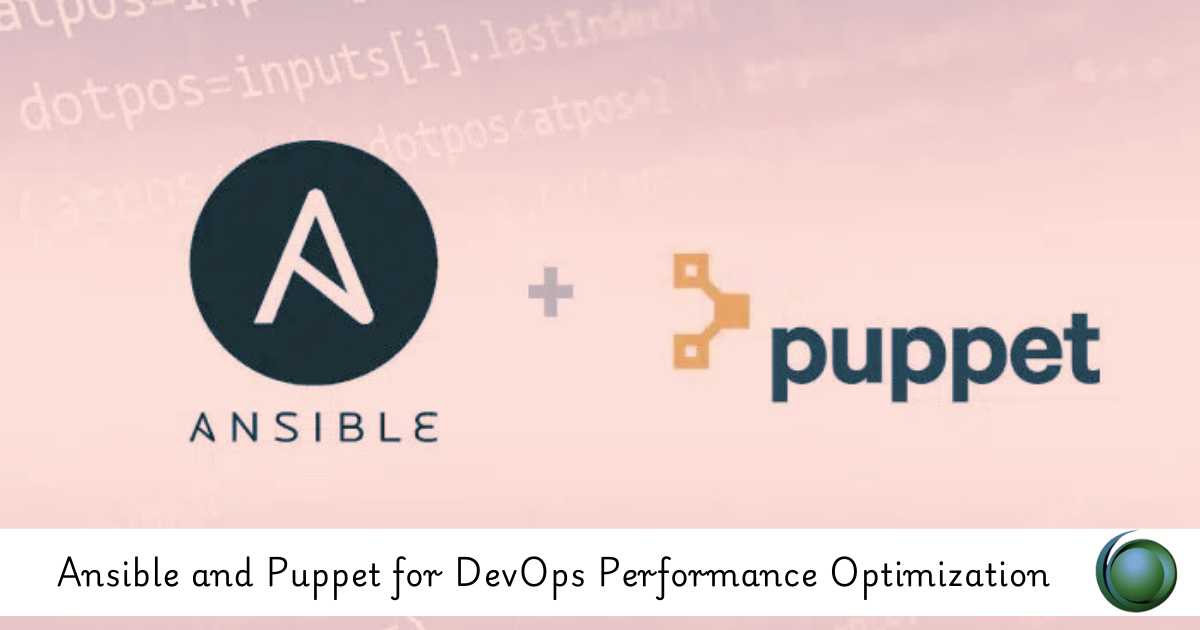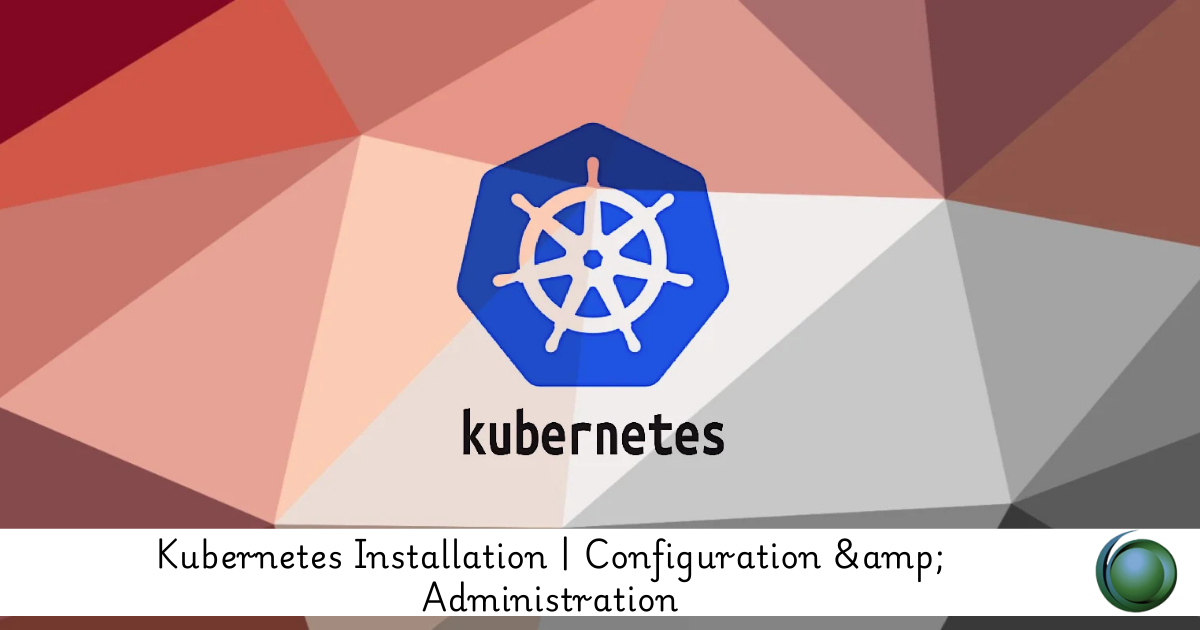Description
DevOps for Selenium Professionals in Bangalore Offered by Locus IT with 100% Hands-on Practical Classes by the Best Industrial Experts with Real Time Projects.
1. Introduction to Selenium
a). What is Selenium?
b). Who developed Selenium?
c). Selenium Components in
2. Selenium IDE
a). Installing Selenium IDE
b). Creating your First Selenium IDE script
c). How to use Locators in Selenium IDE
d). How to enhance a script using Selenium IDE
e). Creating and Running Tests in
f). Creating and Running a Test Suite
3. Web Driver Introduction
a). Introduction to WebDriver & Comparison with Selenium RC
b). Installing Selenium WebDriver
c). Architecture of selenium web driver
d). Creating your First Script in Webdriver
4. Launching AUT and Inspecting properties of Elements
a). Launching AUT in Firefox
b). Launching AUT in InternetExplorer
c). Launching AUT in Chrome
d). Launching AUT in Safari
e). Inspecting properties of Elements on different Browsers
f). Installing FireBug and FirePath
g). Creating Firefox Profile
5. Automating Operations on various Elements
a). Browser
b). TextBox
c). ListBox
d). Links
e). Check Box
f). Radio Button
g). HTML Tables
h). Calendars
6. Automating Keyboard and Mouse Events
a). Action Class in
b). KeyBoard Events
c). Drag & Drop Actions
d). Mouse Hover Action in DevOps for Selenium Professionals training
e). Right Click, Double Click & Tool Tip
7. Handling multiple Windows
a). getwindowHandle()
b). getwindowHandles()
c). Switching between windows
d). Handling elements present in different windows
8. Handling Alerts in Selenium
a). accept ()
b). dismiss ()
c). getText ()
d). sendKeys ()
9. Handling Frames in Selenium
a). What is iFrame?
b). Locating Frames in Selenium
c). Switching between Frames
d). Handling Frames
10. Handling Ajax Components
a). Handling Ajax Components
11. Creating Customize XPath/CSS Selectors
a). What is XPath
b). When to Use XPath
c). Absolute XPath/Relative XPath
d). Specifying conditions with XPath
e). CSS Selectors in DevOps for Selenium Professionals training
f). Customizing CSS Selector
12. Synchronization in Selenium
a). ImplicitWait
b). WebDriverWait
c). FluentWait
d). PageLoadTimeout
13. What is TestNG?
a). Advantages of TestNG over JUnit
b). Why do we need TestNG in Selenium?
c). Installing TestNG in Eclipse
d). Creating a New TestNG Test File
e). Test annotation
f). Running the Test
g). Checking reports created by TestNG
h). Generating HTML Reports
i). Annotations used in TestNG
j). Validating Tests with Assertions
k). Creating multiple Tests
l). Prioritizing Tests in DevOps for Selenium Professionals training
m). Parameterizing Tests with dataProvider
n). TestNG dataProvider with Excel
o). Creating and Running Test Suites with TestNG.xml
p). Parallel Test Execution with TestNG
q). Cross Browser Testing using TestNG
14. Automation Test Frameworks
a). Modular Driven Framework
b). Keyword Driven Framework
c). Data Driven Framework
d). Hybrid Framework
15. Page Object Model (POM) & Page Factory in Selenium
a). What is POM
b). Why POM?
c). Advantages of POM
d). Creating POM Tests in Selenium Fundamental Training
e). What is Page Factory?
f). Creating Tests with Page Factory
16. Database Testing using Selenium
a). JDBC (Java Database Connectivity)
b). Driver Manager
c). Driver
d). Connection
e). Statement
f). ResultSet
g). SQLException
h). Connecting to DataBases
i). Sending SQL Queries to Database
j). Processing Results
k). Real-time examples of Database Testing with Selenium
17. AutoIT in
a). Installing AutoIT
b). Components of AutoIT
c). Using FinderTool
d). AutoIT commands in DevOps for Selenium training
e). Creating Scripts in AutoIT
f). Creating executable files DevOps for Selenium Professionals training
g). Running AutoIT Scripts from Selenium
18. Selenium GRID
a). What is Selenium Grid?
b). When to Use Selenium Grid?
c). What is a Hub and Node?
d). How to Install and Use Grid 2.0?
e). Designing Test Scripts That Can Run on the Grid
f). Using the DesiredCapabilites Object
g). Using the RemoteWebDriver Object
h). Running a Sample Test Case on the Grid
i). Sequential and Parallel Test Execution
j). Running Tests on Different Operating Systems
k). Running Tests on different Browsers
19. MAVEN Contents
a). What is Maven and Why Maven?
b). Installing/Configuring Maven
c). Creating Maven Project
d). Importing Maven training Project into Eclipse
e). What is POM.xml?
f). Adding Dependencies to POM.xml
20. JENKINS in DevOps For Selenium Professionals
a). Installing/Configuring Jenkins
b). Scheduling Test Execution in Jenkins
c). Auto mail configuration in Jenkins
d). What is continuous integration?
e). Continues integration with JENKINS in DevOps for Selenium Professionals training
21. GIT Training
a). Downloading and Installing GIT
b). Installing GIT and GitHub plug-ins for JENKINS
c). Configuring SSH host keys for GIT and JENKINS
d). GIT Bash commands
e). Uploading project to GIT
22. LOG4J Training
a). Introduction about Logging
b). Logging problems without Log4J
c). How to solve the Logging problem with Log4J
d). What is Layout?
e). Different types of Layouts in Log4J
f). What is Appender?
g). Different types of Appenders
For more inputs on Selenium Fundamental training , you can connect here.
Could you contact the L&D Specialist at Locus IT?
Locus Academy has more than a decade of experience in delivering training/staffing on DevOps for Selenium Professionals for corporates across the globe. The participants for the training/staffing on Selenium Fundamentals training are delighted and can implement the learnings in their ongoing projects.
Other useful references










Reviews
There are no reviews yet.